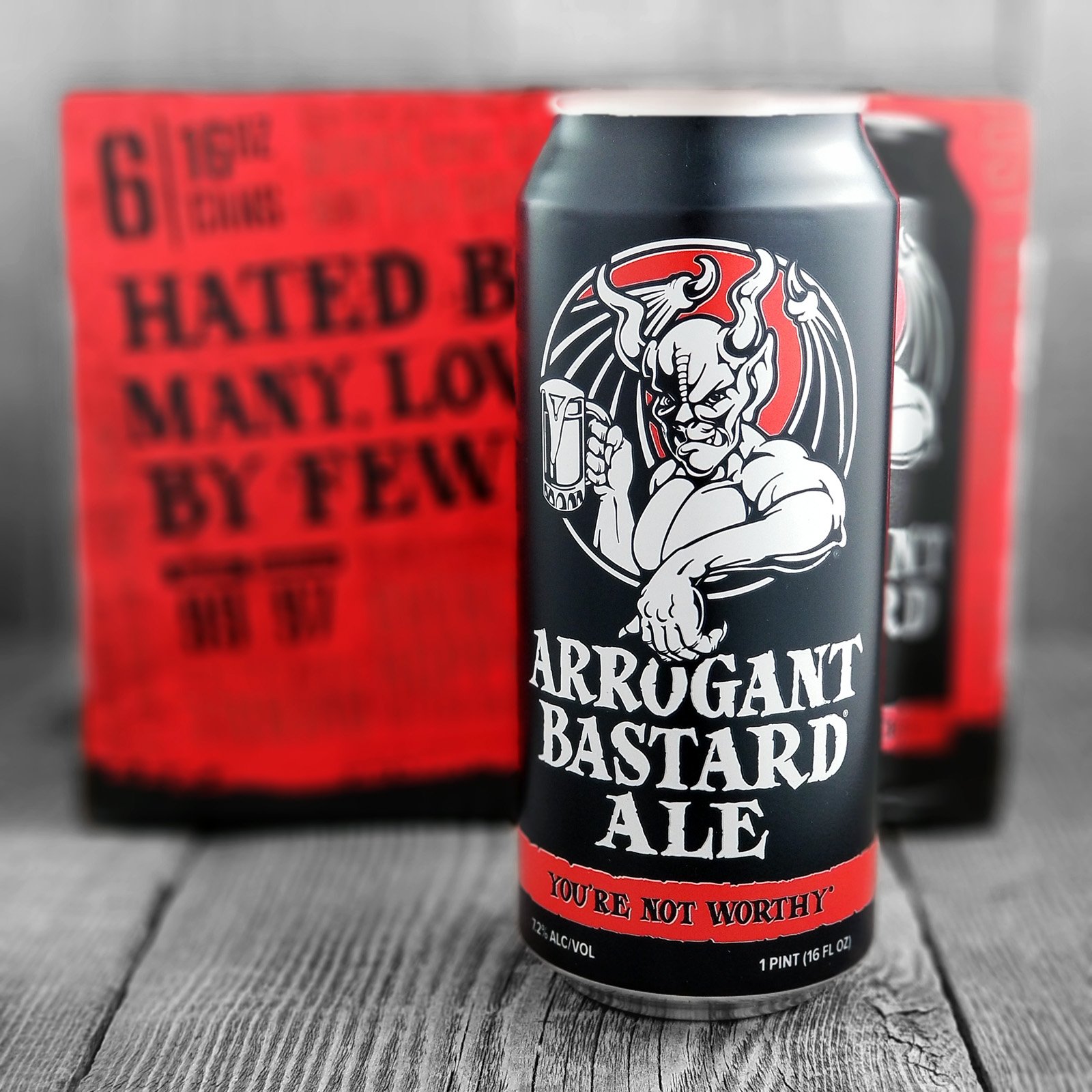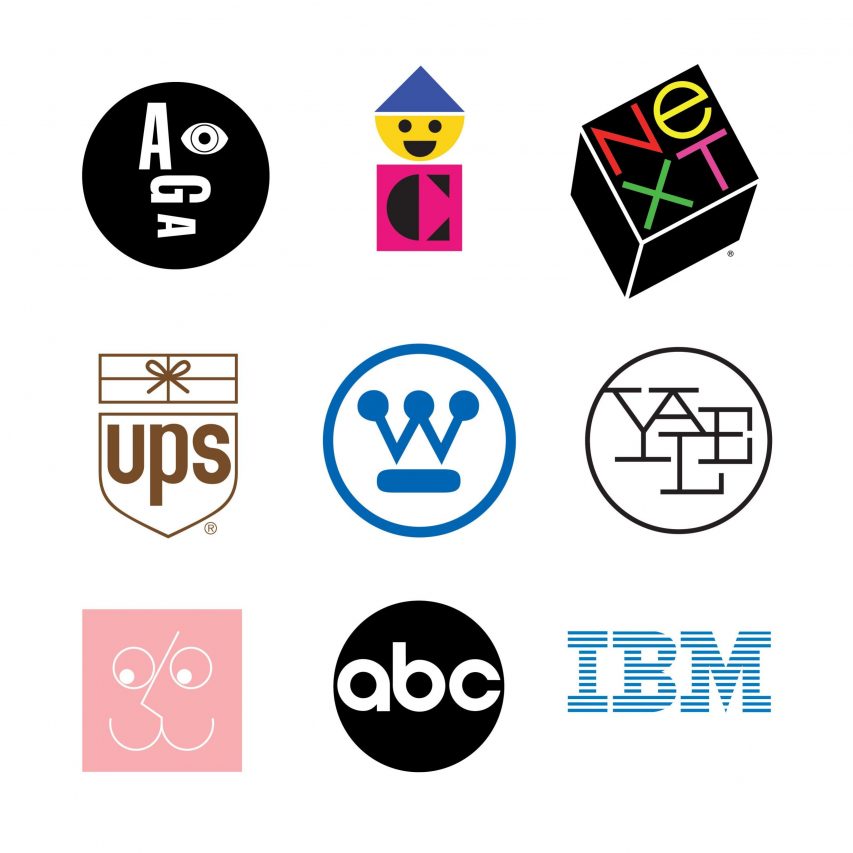Making Your Own Noise
“Cut through the noise”
I came across an article posted by Robin D. Schatz, an author at Inc.com, which I found to be very applicable to my philosophy and approach to effective design.
The article is about the Stone Brewing brand, which I’m very fond of, entitled “How to Market Like an Arrogant Bastard”. Great hook. I had to read on.
This article says Stone Brewing doesn’t spend money on advertising, so I want to make it clear that the reason I’m sharing this article is because of the way in which they are visually represented through their branding design. This is an article with an emphasis on “amping up the attitude” and being “outside of the mainstream”, and in reference to my philosophy for effective design, this is Stone Brewing cutting through the visual noise of the competitive marketplace in order to stand out & be recognized.
And the article went…

Stone Brewing doesn’t spend money on advertising, but they still manage to get their message across loud and clear. Here’s how they do it.
America’s love affair with craft beers was still in its infancy when Greg Koch and his partner, Steve Wagner, started Stone Brewing in 1996. At that point, many Americans had never heard of craft beer, much less tasted it. To make matters worse, the majority of people who tried Stone’s strong brews found them unpalatable. “It was too intense for them,” says Koch, the CEO of the Escondido, California-based company.
With no money in the budget to spend on advertising and a public unfamiliar with the product, the company faced a hard road winning customers. Rather than tone down their beer, Koch and Wagner amped up the attitude and created a brand that took pride in being outside the mainstream. Stone found a following among craft-beer enthusiasts and is now the 10th-largest craft brewer. Below, Koch shares his tips for building a $100 million business without spending a dime on advertising.
1. Attitude is everything
Rather than try to downplay the public’s early reaction to their beer, Koch and Wagner wore it as a badge of honor. Besides giving one of their earliest brews the eyebrow-raising name Arrogant Bastard Ale, they proudly stated on the beer’s label, This is an aggressive beer. You probably won’t like it. The strategy created a deep loyalty among the drinkers who did like it. Koch likens his branding philosophy to that of the heavy-metal group Metallica. “Metallica never cared if you didn’t like Metallica,” he says.
2. Pick a fight
Stone revels in its anti-corporate, iconoclastic image. “We enjoy poking fun at sheeplike consumerism and taste,” Koch says. Part of that means throwing some playful barbs at the giants in the industry, such as Budweiser and Coors. Stone’s T-shirts and stickers carry the slogan: Fizzy yellow beer is for wussies. And Koch himself frequently takes up the cause against mass-market brews. “I’m picking a fight with mediocrity,” he says. “I’m picking a fight with the idea that beer is nothing more than the industrialized stuff of the TV commercials.”
3. Don’t fit in
When Stone’s brews first hit retail shelves, the company chose to sell its beer in what the industry calls bomber bottles–22-ounce containers that stand out against traditional 12-ounce bottles. Koch says it was a good package size for people who might want to try the beer for the first time. Selling single bottles also allowed Stone to give its beers a premium price, along with a higher profit margin. “For a young brewery trying desperately to find its way to breakeven, it was a smart move for us,” Koch says.
4. Ally with other outcasts
From the beginning, Koch realized a rising tide would lift the whole nascent craft-brew industry. In 1997, he co-founded the San Diego Brewers Guild, an organization created to promote and educate the public about locally brewed beers. Today, San Diego boasts more than 80 craft brewers. “We took a bit of a leadership position,” Koch says. “It fostered a competitive industry.” Stone also carries its competitors’ beers as part of its distribution business and keeps them on tap at its two Southern California restaurants.

